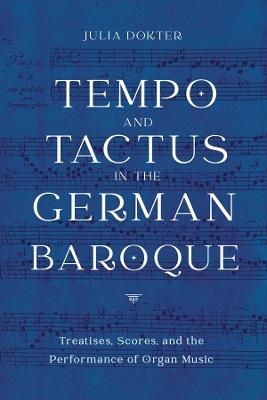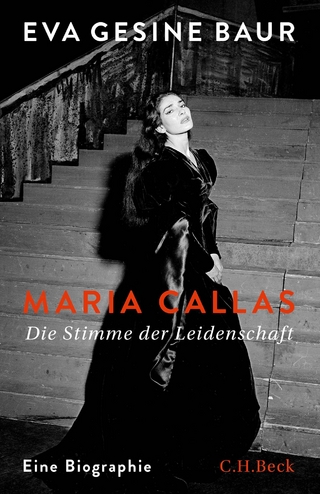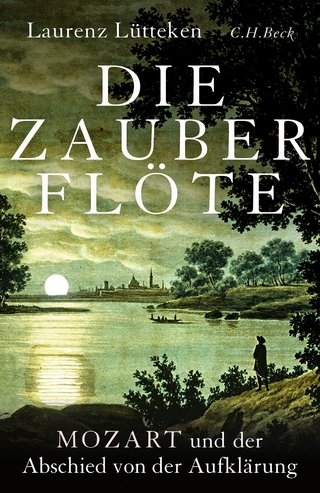
Tempo and Tactus in the German Baroque
University of Rochester Press (Verlag)
978-1-64825-018-7 (ISBN)
Before the advent of the metronome ca. 1800, there was little in the way of a standardized, commonly accessible method for precisely communicating how fast musical compositions should be performed. Instead of absolute time (that is, plottable on a metronome), Baroque musicians developed notational cues for relative speed: this was accomplished primarily through combinations of time signatures and note values. Julia Dokter's Tempo and Tactus in the German Baroque helps decode these tempo cues for modern performers.
Part 1 investigates metric theory in music treatises from roughly 1600 to 1790. Parts 2 and 3 explore the organ scores of pivotal composers such as J. S. Bach, Dieterich Buxtehude, Matthias Weckman, and Nicolaus Bruhns, and present case studies demonstrating how Baroque tempo indications may interact in performance situations.
Readers will discover how Baroque musicians modified the Renaissance mensural system to incorporate tempo shifts; how the various duple, triple, and compound meters interrelated; how the technical display of stylus phantasticus writing affected tempo; how tempo words (such as allegro) functioned; and how the choice of performing forces-chorus, solo keyboard, and so on-could affect the way tempo was notated.
By addressing questions of tempo fundamental to German Baroque music, this book lays important groundwork for organists and for performers of other instrumental music of this period.
JULIA DOKTER is an Instructor of Music History at Georgia State University. She holds a Ph.D. from Universiteit Utrecht, a DMus in organ performance, an MMus in organ performance and an M.A. in music theory, all from McGill University. Before moving to Atlanta, Dokter was the organist and music director at Trinity United Church (Toronto) and First Baptist Church (Montreal).
Notes to the Reader
Introduction
The Foundation of German Baroque Tempo Theory: Michael Praetorius
Duple Meter
Triple and Compound Meter: Proportional Relationships
"2" and Blackened/Whitened Notation
Beat Patterns and Tempo
Source Excerpts
Tempo Words
The Functional Equivalency of Integer Valor Duple Meters in Later Seventeenth-Century Organ Music
Stylus Phantasticus
Differentiations Between Various Integer Valor Duple Meters in Johann Sebastian Bach's Music
The Large Allabreve and the Kirnbergian Small Allabreve
Triple Meter and Tempo Words
Case Studies
Final Remarks, Summary, and Synthesis
| Erscheinungsdatum | 04.05.2021 |
|---|---|
| Reihe/Serie | Eastman Studies in Music |
| Verlagsort | Rochester |
| Sprache | englisch |
| Maße | 152 x 229 mm |
| Gewicht | 1 g |
| Themenwelt | Kunst / Musik / Theater ► Musik ► Klassik / Oper / Musical |
| Kunst / Musik / Theater ► Musik ► Musiktheorie / Musiklehre | |
| ISBN-10 | 1-64825-018-1 / 1648250181 |
| ISBN-13 | 978-1-64825-018-7 / 9781648250187 |
| Zustand | Neuware |
| Informationen gemäß Produktsicherheitsverordnung (GPSR) | |
| Haben Sie eine Frage zum Produkt? |
aus dem Bereich


